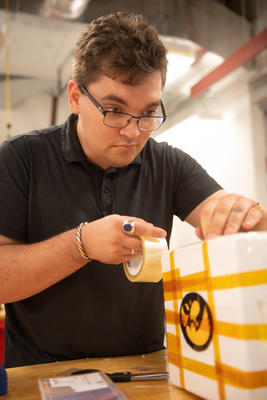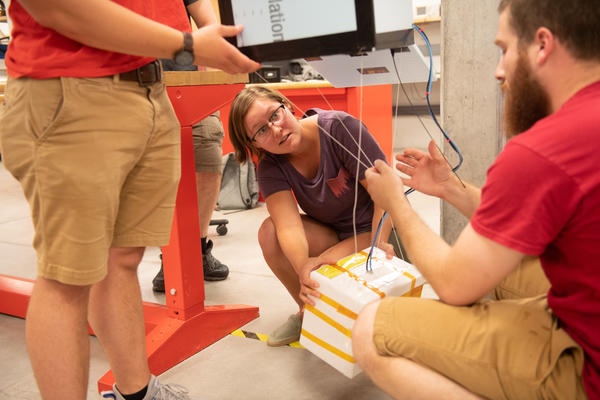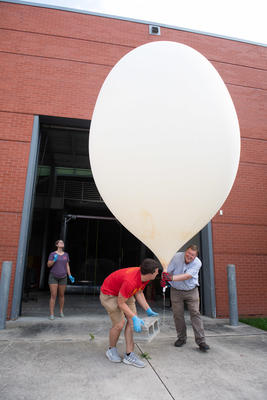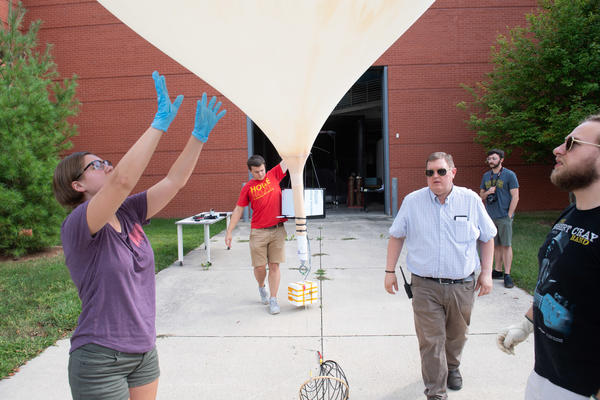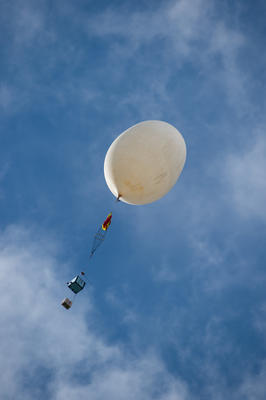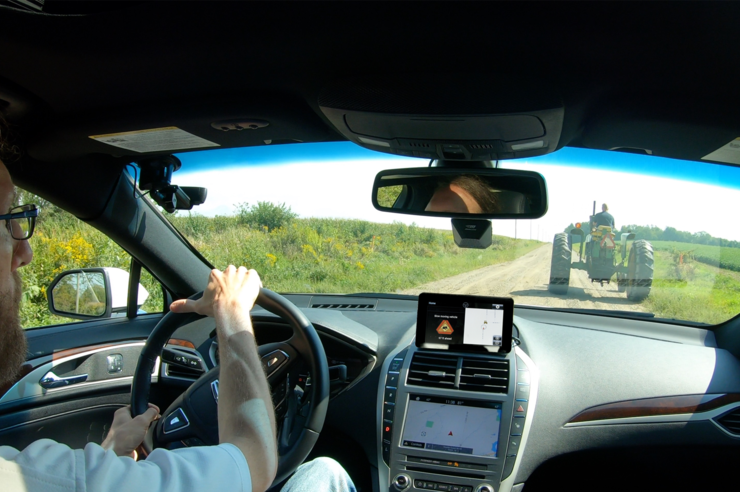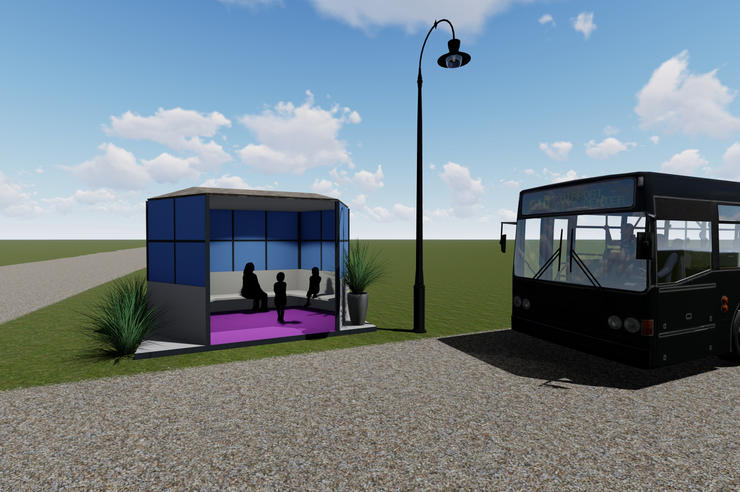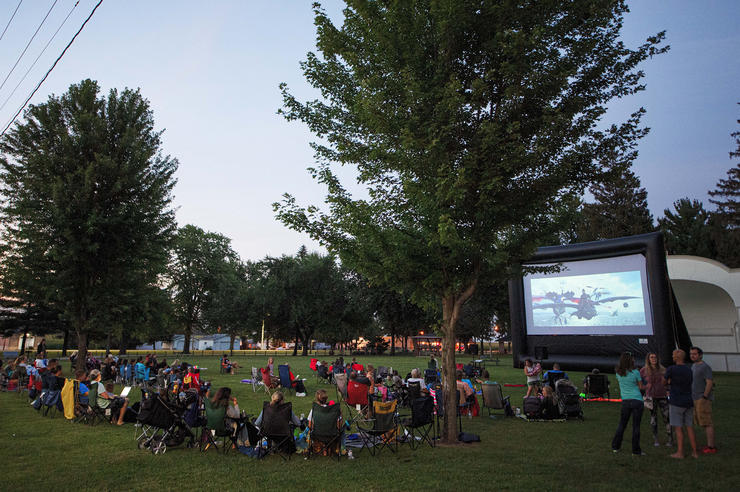Iowa course makes students Mission Control
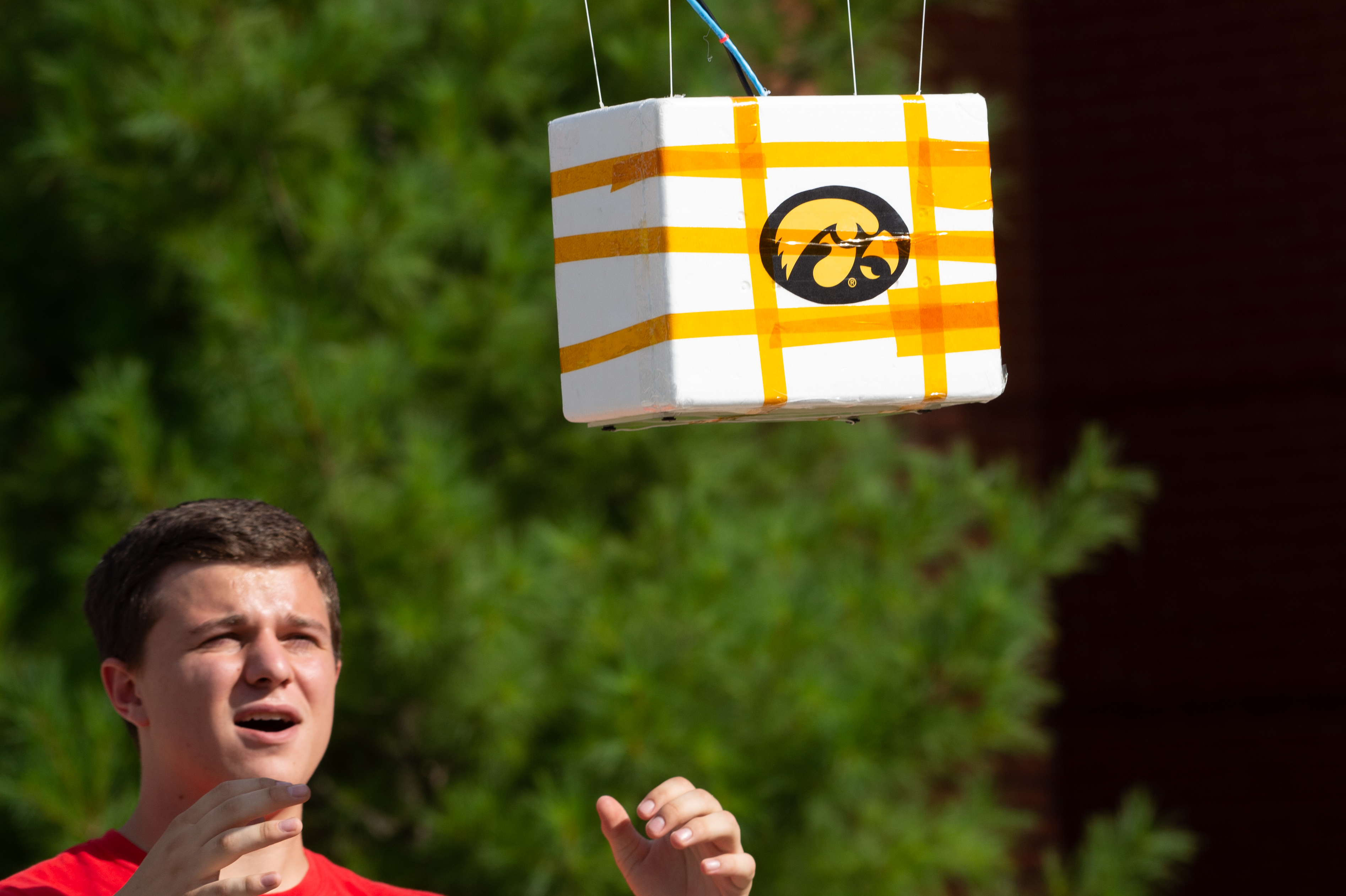
For more than six decades, University of Iowa students have helped design and build instruments that have gone into space.
Beginning next semester, they will have their own class where they can commandeer their own space mission and create instruments for it.
The class, The Edge of Space: Mission and Instrument Design for Spaceflight, will be taught by Allison Jaynes and David Miles, assistant professors in the UI Department of Physics and Astronomy. The Iowa faculty, and their students, will partner with Iowa State University, where students in ISU’s aerospace program will design and build the vehicle that will send the instrument aloft.
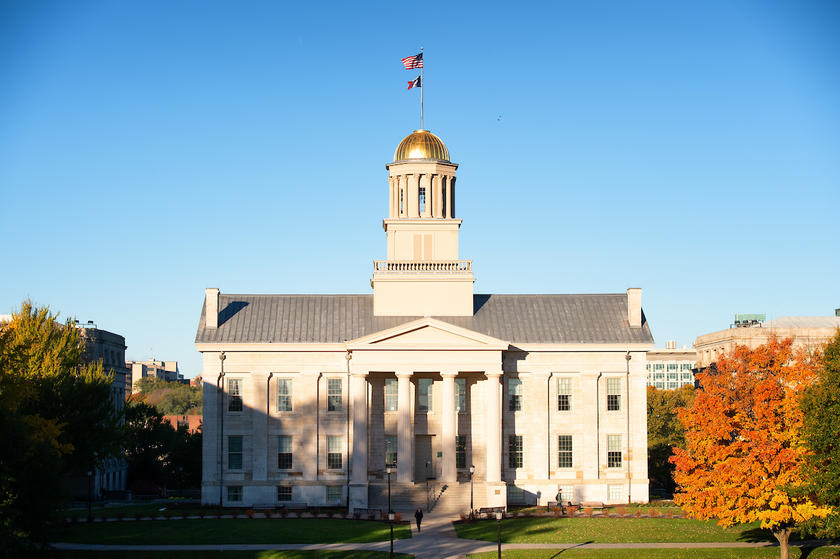
Iowa will prepare you, challenge you, and change you. You will change the world. We accept applications year-round, and are currently admitting new students for the following fall semester.
The goal, Miles and Jaynes say, is to give students at both schools more or less complete control of a space mission, with the central plank of learning how to design, build, test, and fly their own instruments.
“This is a regular undergraduate course,” says Jaynes, one of a trio of faculty who specialize in spaceflight hardware and joined the department in the past two years. “You can get in there, try your hand at some stuff, and if you really like it, it may change the course of your undergraduate career.”
“It provides an opportunity for students to lead their own project,” Miles adds. “In most other areas of research, they would deliver a small, but needed, piece of a larger project. Here, it’s their own instrument, their own proposal—they have ownership of it.”
The class also is unique in that it revolves around designing and building space instruments.
“I have not heard of a class that included any kind of space instrumentation component to it,” Jaynes says. “Other classes are centered on engineering and not really geared toward answering any science questions. So, it seems like a good idea to combine both.”
“It will be completely different than some of the other courses that students have taken. It may open their eyes to a different side of the field that they might be interested in. And, it’s cool because we get to work with Iowa State and communicate with another team.”
Jaynes and Miles tested the class idea over the summer. Two Iowa undergraduates and one graduate student teamed up to design and build a Geiger counter, which measures cosmic ray particles. This is the same type of instrument famed Iowa physicist James Van Allen used to discover the radiation belts around Earth in the late 1950s.
The Iowa students partnered with their ISU peers, who contributed the launch platform, the launch vehicle (a balloon), and the computer systems to track and launch the flight. On the ISU campus in July, the team sent the Geiger counter aloft on a balloon that rose to more than 15 miles above Earth’s surface, gathering data along the way.
For Noelle Beam, a physics and astronomy double major, the successful launch was the highlight of her summer.
“We hooked our finished instrument to their systems, and it was running perfectly,” says Beam, who is from Waverly, Iowa. “And, we sent it up, and it was all perfect. It was like a huge sigh of relief and a feeling of elation.”
Beam took the summer course as a stepping stone to becoming more involved in research.
“The class showed me a whole different side of sending things up for flight, the whole process around a successful flight, including all the bumps that may come along the way,” Beam says. “I realized the other aspects in play: the budgeting, ordering parts, construction, testing, and final assembly. I had no idea how much time it takes for each phase, all the things behind sending something up for flight.”
Beam had been leaning toward a career as a theoretical astrophysicist. She has since changed her mind, focusing instead on the more hands-on facets of space science.
“I think for me in the future, being able to be part of all those steps for an actual flight would be incredible,” Beam says.
The spring class will be open to both undergraduate and graduate students. Jaynes and Miles expect up to 20 students enroll. The plan for now is to offer the class every two years. Initial funding to conceptualize the course came from the Iowa Space Grant Consortium, with matching funds from the Kirk and Mary Ferentz Excellence and Innovation Fund.
The course is part of a broader push to expand experiential learning for undergraduates in physics and astronomy on a shorter time scale, such as Rocket School.
Beam says there’s tremendous value to students from the class—so much so, in fact, that she plans to take the class this spring.
“It will be completely different than some of the other courses that students have taken,” she says. “It may open their eyes to a different side of the field that they might be interested in. And, it’s cool because we get to work with Iowa State and communicate with another team.”
